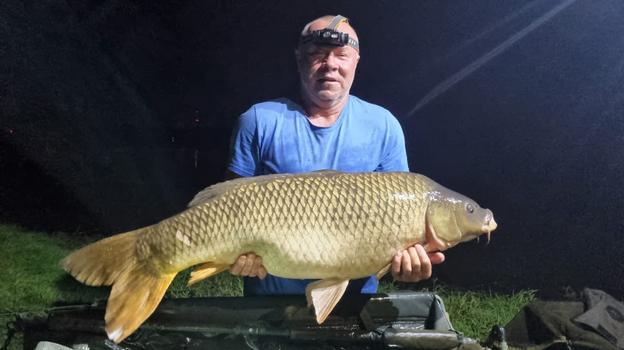In recent years, an intriguing phenomenon directly linked to lignite mining occurred in the historic Horná Nitra region in western Slovakia. A water body near the town of Nováky that came into existence due to mining, has doubled in size over the last nine years. Much to the happiness of local fishermen, even fish in the lake are growing in size as well, reports the My Horná Nitra website.
Known as the Láskarska Mokraď wetland, it formed as a result of mining below the ground which caused it to subside. The depression then naturally filled with water. The lake formed in an area to which the dead arms of the Nitra River, as well as the Ťakov and Metrbos Rivers, used to be.
The growth of the lake’s area was directly linked to the intensity of coal mining, which took place between 2009 and 2023. After mining stopped in 2023, it is expected that the size of the lake should no longer change so radically. However, it will still take a few years for the lake to fully stabilise.
According to the latest geodetic measurement from September last year, Láskarska Mokraď covers an area of 37.82 hectares.
Several similar water bodies have emerged near the town of Nováky, some of which were filled in in the past. However, the situation is different regarding Laskárska Mokraď. In 2022, it was granted special protection as an important habitat. This means that mining and reclamation work will have to be carried out with nature protection in mind.
Although most of the land on which the lake is found belongs to the Hornonitrianske Bane mining company, fishing has been allowed since 2015.
For the first three years, fishermen could take their catch. That changed in 2018 and now fishing is allowed on a catch-and-release basis. This led to an increase in the number of fishermen visiting the lake. Moreover, the conditions of the water now allow for fish to grow in size as well, with 25-kilogram carps, one-metre pikes and zanders a common catch.



